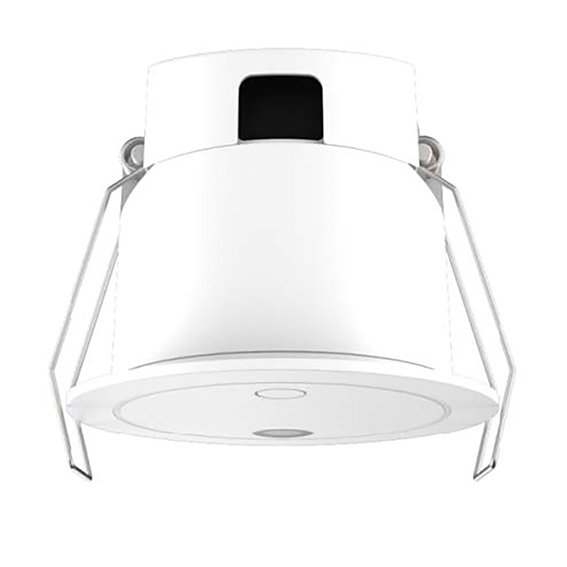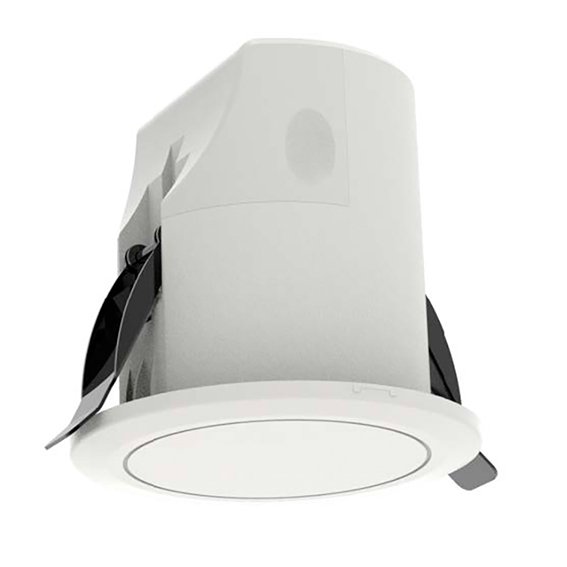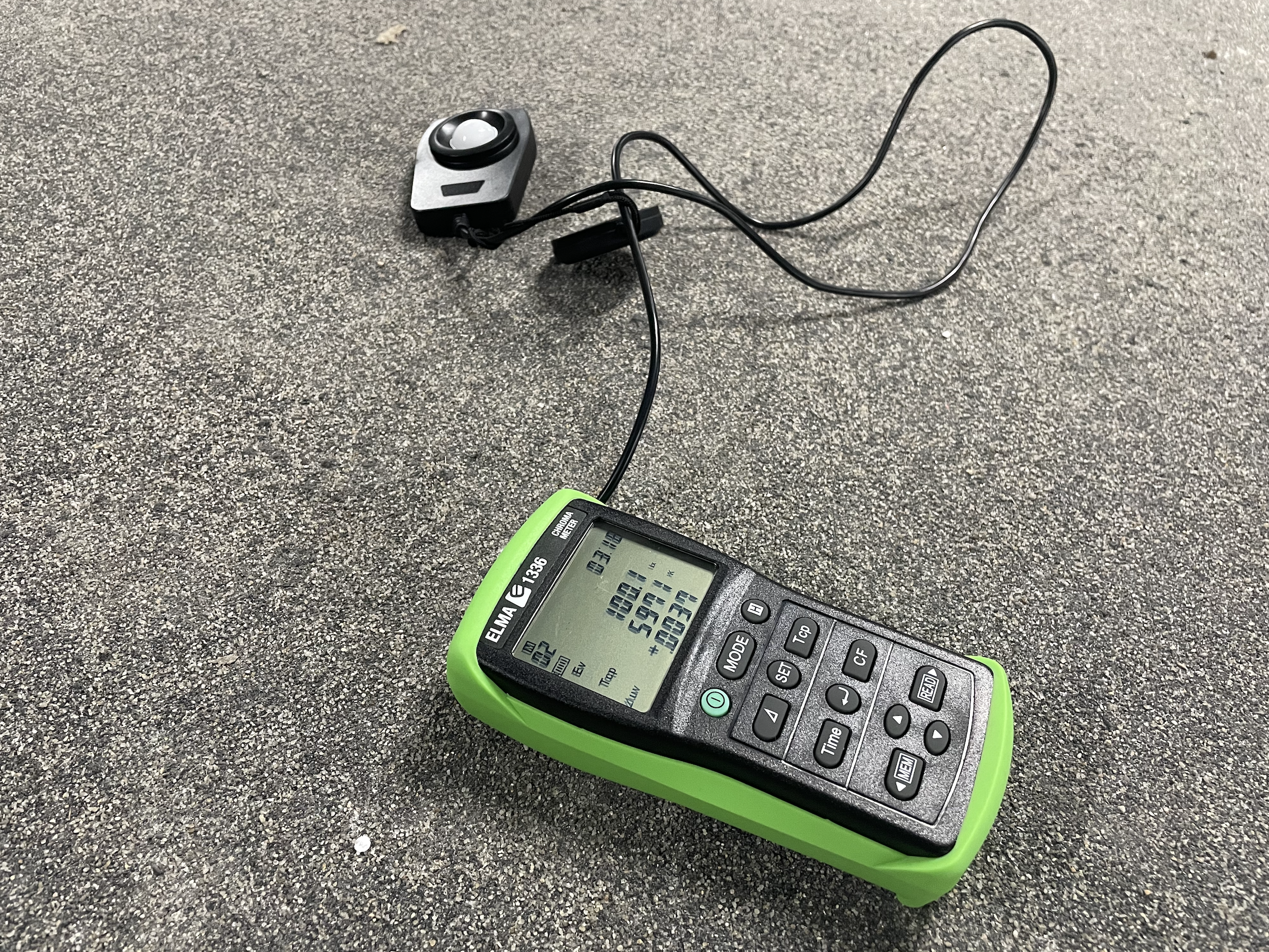Placement of DALI sensors
In modern lighting installations, Digital Addressable Lighting Interface (DALI) technology is a prominent solution, offering advanced options for efficient and customized lighting. As businesses and building owners seek to optimize energy consumption and improve lighting functionality, the installation of DALI sensors has become increasingly widespread. However, this process involves compliance with regulations to ensure safety, efficiency and compatibility.
DALI sensors (motion sensors, daylight sensors, etc.) play a crucial role in enhancing the capabilities of lighting systems by providing real-time data, enabling automatic adjustments and facilitating energy savings. A DALI system can monitor factors such as presence, ambient light levels and temperature, allowing dynamic control of lighting outputs. Regulations regarding DALI sensors may vary depending on certain circumstances, but the Digital Illumination Interface Alliance (DiiA) defines technical specifications for DALI devices, including sensors, addressing communication protocols, interoperability and compliance testing requirements.
Installation guide DALI sensor
Installing DALI sensors requires careful planning to ensure optimal performance and fulfillment of lighting design requirements. The selection of optimal locations for installing these sensors should be determined by examining key factors such as:
Presence patterns
Task requirements
Ambient light levels
Environmental conditions
Daylight analysis
Accessibility and maintenance
Let's take a closer look at some different scenarios.
Entrances and exits: Installing sensors near these areas detects presence and triggers actions. This ensures that lights automatically turn on when someone enters a room and turn off when the room is empty. At the same time, DALI 2 sensors in such locations can detect other behaviors.
High traffic areas: Identifying high-traffic areas such as corridors, hallways, stairways or common areas ensures efficient use of energy by only activating lights when needed. It's a good idea to consider placing sensors where there are entrances and exits.
Workstations and shared offices: Installing sensors above work areas where specific tasks are performed to provide localized lighting control allows precise adjustment of light levels based on occupancy and task requirements, improving user comfort and productivity. Consider the importance of motion sensors alone can present challenges with lights turning off even when people are present in the room. In addition to the best locations, select a type of sensor that detects breathing.
Restrooms and Technical Rooms: Placing sensors in restrooms, technical rooms or other rooms with intermittent occupancy ensures that lights are only activated when needed. Be aware that there may be an economic benefit if the sensor is located in the lighting fixture itself.
Conference rooms and meeting rooms: Sensors in conference rooms and meeting rooms automatically adjust light levels based on occupancy and daylight conditions. This ensures optimal lighting conditions during meetings while maximizing energy savings when the room is unoccupied.
Close to Windows and Natural Light Sources: Placing daylight sensors near windows or other natural light sources monitors ambient light levels and adjusts artificial lighting accordingly. This allows daylight-optimized control, where artificial lighting is dimmed or switched off in response to sufficient natural light. This point has become a legal requirement and thus daylight regulating sensors should be a focus when renovating or building new buildings.
Consider Environmental Factors: Consider environmental factors such as temperature variations, obstructions (e.g. furniture, partitions) and reflective surfaces that may affect sensor performance. Avoid placing sensors in areas prone to false triggers or interference to ensure reliable operation. For example, interference can come from ventilation, charging stations or other electronic components that communicate at a given frequency.
In addition to the points mentioned, future maintenance activities must be considered. Choose locations that easily allow for replacement, adjustment and servicing without disrupting normal operations. Optionally, pilot installations can be performed in selected areas to evaluate sensor performance under real-life conditions and validate the effectiveness of the chosen installation locations. Below are different types of DALI 2 sensors.
The FA & BC methods
The terms FA (Forward Addressing) and BC (Broadcast) refer to different methods of addressing and controlling DALI devices within a lighting control system. Here are the differences between them:
FA (Forward Addressing)
In this method, each DALI device is assigned a unique individual address during the commissioning process.
DALI devices are addressed sequentially, starting from the lowest address and increasing to the highest address.
Each DALI device has its own unique address, enabling precise individual control and addressing of specific devices within the DALI network.
The FA method enables granular control over each DALI device, facilitating functions such as scene setting, group control, zones and status monitoring.
It is suitable for applications that require fine-tuned control and management of individual lighting fixtures or devices.
BC (Broadcast)
In the Broadcast method, DALI commands are sent to all DALI devices within the network simultaneously, without addressing specific devices individually.
Broadcast commands are sent to all DALI devices regardless of their individual addresses, resulting in simultaneous actions across the entire DALI network.
The BC method simplifies the management process by eliminating the need for individual device addressing, making it faster to implement changes or adjustments to the entire lighting system.
While the Broadcast method offers simplicity and ease of use, it can lack the granularity and precision of the FA method, especially in scenarios that require precise control over specific devices. In summary, the primary difference between the FA and BC methods lies in how commands are addressed and transmitted within the DALI network. The choice between FA and BC methods depends on the specific requirements and priorities of the lighting control application.
Functional testing
In lighting installations, functional testing must be carried out before final delivery. This test covers both sensors and lighting. The testing must take place so that the client can put the new building into use or, in the case of renovation, put the installation into final operation. FA reporting requires knowledge of different legislation. In Denmark, this is e.g. BR18 Building Regulations, where there may be other relevant legislation in other countries.
Lumega can help with functional testing of our own projects and will be able to travel all over Denmark and abroad for larger lighting installations. The report is typically delivered 1-3 days after measurements and functions have been tested in the building.
Conclusion
Strategic installation of remote DALI sensors is essential to fully realize the potential of lighting installations to improve comfort, productivity and energy efficiency. By taking into account factors such as occupancy patterns, task requirements, ambient light levels and accessibility, stakeholders can identify optimal installation locations that maximize sensor effectiveness and user satisfaction.





